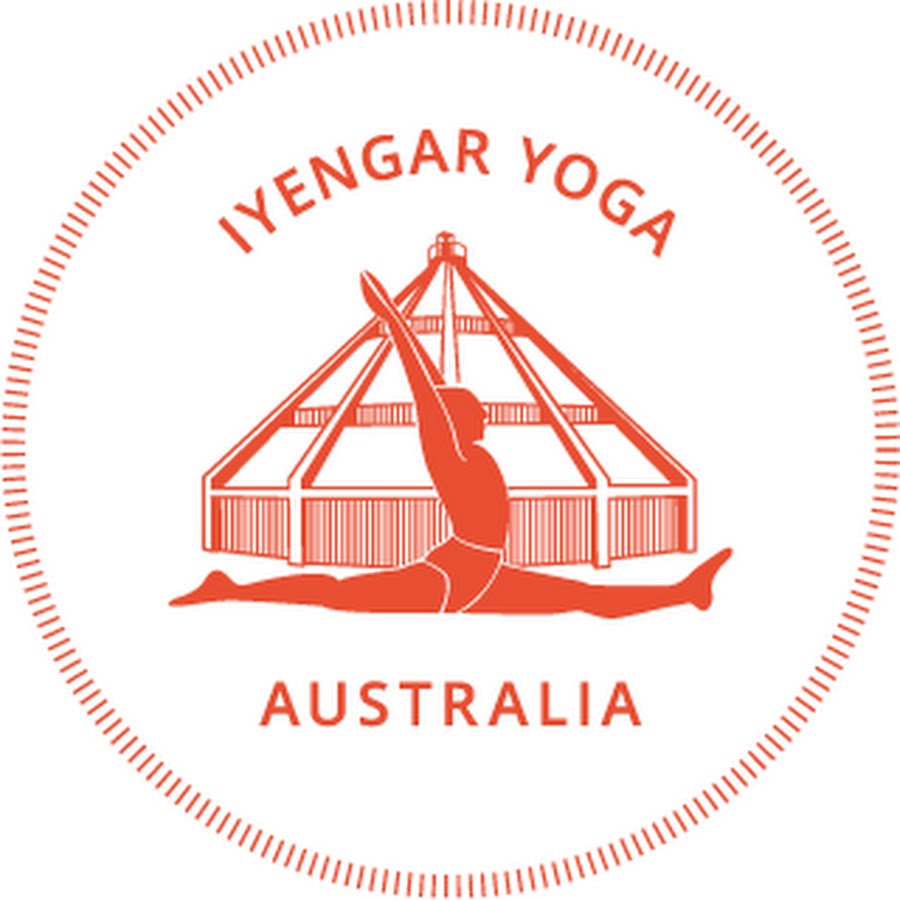Have you ever wondered how a single breath can shift your entire mind? I remember, years ago, watching a grainy VHS recording where B.K.S. Iyengar was perched on a stage in Rishikesh, unspooling secrets of yogic breathwork to a rapt audience. His presence was mountain-like—solid, serene, and brimming with practical wisdom. This wasn’t just yoga as exercise; it was a living dialogue between body, sound, and stillness. In this post, I’ll guide you through some of those timeless teachings, focusing especially on making conscious breathing accessible for everyone—including Deaf practitioners. Trust me, what you’re about to learn might just change the way you sit, breathe, and think forever.
1. Meeting Iyengar: Legacy, Laughter, and the Subtle Art of Sitting Still
If you’ve ever wondered how to truly begin your journey into Pranayama Benefits and Yoga Techniques, meeting B.K.S. Iyengar—whether in person, through his books, or even old recordings—feels like stepping into a masterclass on the art of Breath Control. Iyengar is a name that echoes through every modern yoga studio. His influence is everywhere: in the way we align our bodies, the way we pay attention to our breath, and even in how we sit—yes, just sit—on our mats.
The first time I watched Iyengar teach, I was struck by his mix of gravitas and humor. He had this way of making the most subtle adjustments feel like revelations. I remember him walking around the room, observing students with a sharp eye and a gentle smile. He’d pause, lean in, and suddenly point out, “You are overstraining, but no stress management. You are overstressed your fibers. You are overstressed the heart muscles. So naturally, one day you are disorganized. So please learn when you do it.” There was laughter, but also a quiet sense of awe. He could see what we couldn’t—how tension crept into our faces, how our breath became ragged, how our posture betrayed our minds.
One of Iyengar’s most memorable lessons was about the face. He’d say,
“You have to also know from the periphery that this facial skin should become as soft as the skin of a ripe tomato.”It sounds simple, but try it. Notice the tension in your forehead, your jaw, even the corners of your eyes. Iyengar would use vivid metaphors: “Create depth in your eyes. Or make as the forehead is like a mountain. Each hill has a valley. So two eyes act as valleys, and the forehead has a hill.” Suddenly, sitting still wasn’t about being passive. It was about becoming aware—of every muscle, every breath, every flicker of thought.
Here’s what I learned: Sitting still is an active process. It’s not just about holding a pose, but about observing yourself with curiosity and kindness. Iyengar’s approach to Yoga Techniques was both scientific and artistic. He demanded focused observation, not just of the body, but of the mind and breath. Research shows that this kind of mindful attention is key to unlocking the full Pranayama Benefits. It’s not just about lung capacity or flexibility—though those are real, measurable outcomes. It’s about the psychological commitment, the willingness to notice when you’re straining, and the courage to soften.
The first time I truly “saw” my own breath was after watching Iyengar demonstrate. He’d move with a smoothness “like a creeper,” as he put it. When we don’t know, “sometimes the fibers become hard.” But with practice, you start to feel the difference. The breath becomes a guide, showing you where you hold tension and how to let go.
If you’re looking to deepen your Breath Control or explore new Yoga Techniques, start by sitting still. Notice your posture. Relax your face—make it “as soft as the skin of a ripe tomato.” Watch your breath. And remember: the art of stillness is never truly still. It’s alive, shifting, and full of possibility.
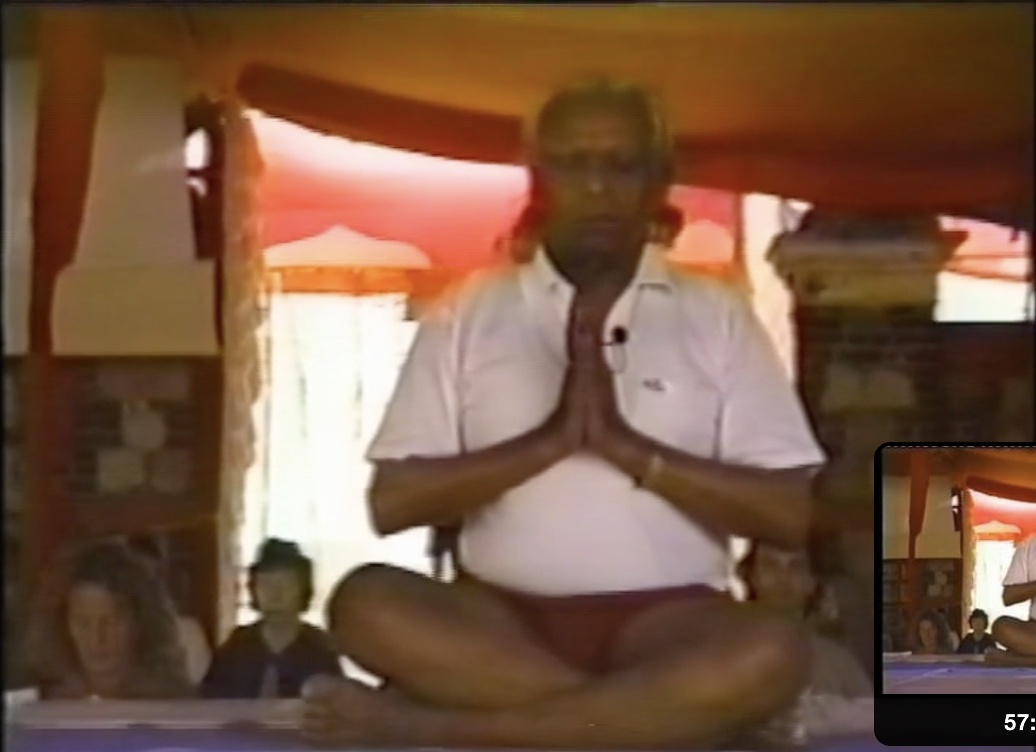
2. Pranayama as Musical Art: Sound, Rhythm, and the Invisible Guide
When I first heard B.K.S. Iyengar describe Pranayama Practice as a kind of musical art, it changed the way I approached my own breathing techniques. He likened the breath to the sound of a flute, a conch, or even a simple whistle. Each of these instruments, he explained, produces a unique, rhythmic sound only when air passes through a small, precise opening. If you force the air, the sound becomes harsh or disappears altogether. The same principle applies to our breath: gentle, mindful inhalation and exhalation create a smooth, steady rhythm, while forced or careless breathing leads to jagged, uneven patterns.
Iyengar’s analogy isn’t just poetic—it’s practical. He said, “
Music has to be heard from the ears, not from the eyes. Their dancers are seen by the eyes, not by the ears.” In yoga, asanas (poses) are seen and adjusted visually. But Pranayama Practice is learned by the ears. The sound of your breath becomes your invisible guide, offering immediate feedback. If your inhalation or exhalation sounds rough or varies in pitch, it’s a sign your breath is zig-zagging—unsteady, unrhythmic, and possibly strained. The goal is to transform this normal, erratic breath into something as smooth and rhythmic as music itself.
For those who can hear, this inner sound is a powerful tool. You listen, adjust, and find a natural flow. But what if you can’t rely on auditory feedback? Research shows that visual and kinesthetic cues can be just as effective, especially for Deaf practitioners or anyone who wants to deepen their mindfulness benefits. I often suggest watching the gentle rise and fall of your chest or ribs in a mirror. You might even place a hand on your sternum or side ribs, feeling the expansion and contraction. These simple, tactile cues offer a different kind of feedback loop—one that’s just as valid as listening to the breath’s sound.
Here’s a practical way to explore this in your own Pranayama Practice:
- Start in a comfortable seated position. Close your eyes if you like, or keep them open and softly focused on your chest or abdomen.
- Inhale gently through your nose, paying attention to the sound, or the movement of your body. Is it smooth, or does it catch and stutter?
- Exhale with the same gentle awareness. Notice if the breath flows out like a steady note, or if it wavers.
- Try synchronizing breath with movement. For example, lift your arms on the inhale and lower them on the exhale, using the movement as a visual and kinesthetic guide to rhythm.
- Use tactile feedback. Place your hands on your ribs or belly to feel the breath’s movement, especially if listening isn’t possible or preferred.
Research indicates that these alternative feedback methods—visual, tactile, and kinesthetic—are not only inclusive but can actually enhance mindfulness benefits. They help you become more aware of subtle shifts in your internal state, just as a musician tunes into the nuances of a melody. Over time, this mindful attention to breath’s rhythm supports emotional regulation, reduces stress, and even improves lung capacity and sleep quality.
So, whether you’re listening to your breath or watching its gentle rise and fall, remember: Pranayama is both an art and a science. The invisible guide—sound, movement, or touch—leads you toward greater stillness, awareness, and health.
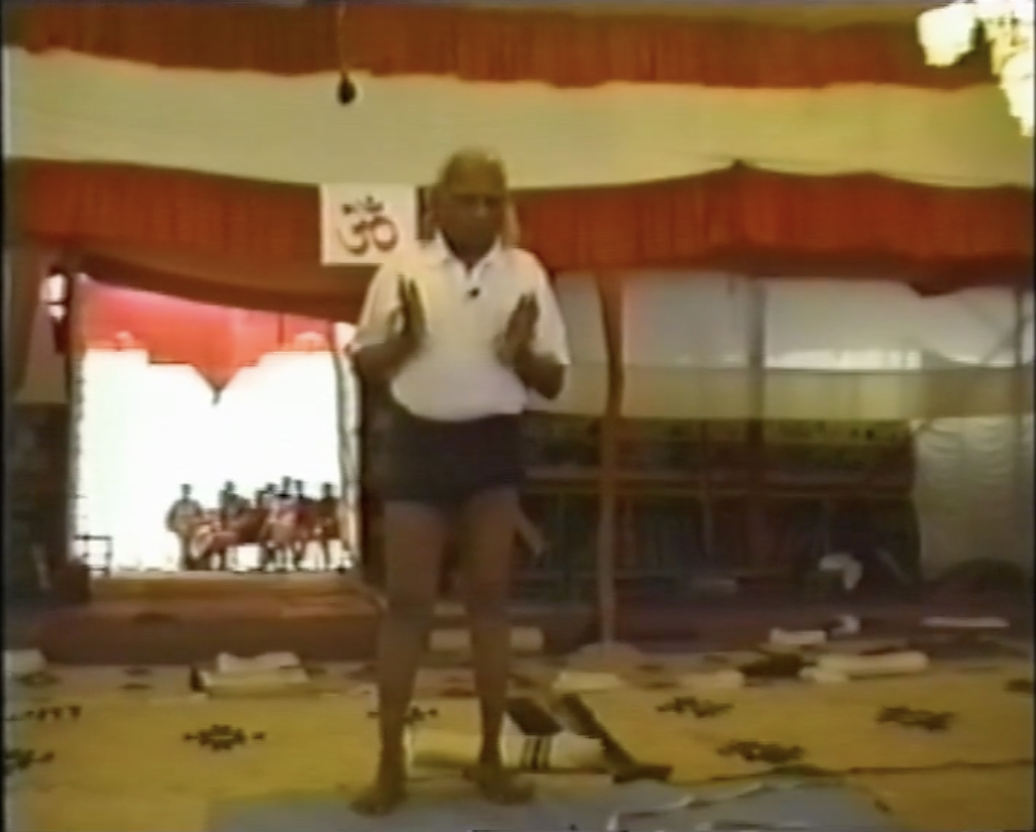 Kumbhaka" />
Kumbhaka" />3. The Science of Stillness: Stress, Willpower, and the Art of Kumbhaka
If you’ve ever tried to practice pranayama for stress reduction or anxiety relief, you know it’s not just about breathing in and out. It’s about how you breathe, and maybe even more, how you don’t force it. B.K.S. Iyengar’s 1995 teachings on pranayama practice really opened my eyes to the subtle art of stillness—especially when it comes to kumbhaka, or conscious breath retention.
Passive Inhalation: The Gentle Art of Receiving
One of the first things Iyengar emphasized was the importance of keeping the body’s fibers passive during inhalation. It’s tempting to “grab” the air, to gulp it in, especially if you’re feeling anxious or rushed. But as Iyengar said, “So this stress management of the subjective fibers of the body only releases when you learn to keep the fibers passive in the body for inhalation.” I’ve found that when I inhale passively—almost like letting the breath come to me instead of chasing it—my whole system softens. The tension in my chest and throat melts away, and the breath fills me up more fully, without strain.
Exhalation: The Balloon Metaphor
Now, exhalation is where things get interesting. Iyengar compared it to letting air out of a balloon. If you just let go, the air rushes out and the balloon collapses with a pop. But if you release the air slowly, the balloon shrinks gently. I’ll admit, I struggled with this at first. My exhalations were either too forceful or too abrupt—like trying to let air out of a balloon without popping it, but failing every time. Over time, I learned to let the breath out gradually, feeling the fibers of my body relax bit by bit. This mindful release is key for anxiety relief and stress reduction, and research shows it can even help regulate emotions and boost inner calm.
Setting Boundaries: The Lakshmana Rekha
One of Iyengar’s most memorable metaphors is the Lakshmana Rekha—a mythic boundary from Indian lore. In pranayama practice, this means knowing your limits. Don’t cross the line where your breath becomes forced or your muscles tense up. If you feel yourself gulping air, or if there’s tension in your throat, chest, or belly, that’s your sign: you’re crossing your Lakshmana Rekha. Step back. Stay within your safe zone. This is how you prevent physical or mental overload, a principle that’s echoed in modern research on safe breathwork and emotional regulation.
Willpower: Aggressive in Asana, Sublimated in Pranayama
Here’s a nuance that took me a while to grasp: in asana (physical postures), willpower is your friend. You push, you strive, you hold. But in pranayama, willpower must be sublimated. If you try to “muscle through” your breath, you’ll only create more tension. Instead, let your willpower become patience and awareness. This subtle shift is at the heart of effective pranayama practice for stress reduction and anxiety relief.
So this stress management of the subjective fibers of the body only releases when you learn to keep the fibers passive in the body for inhalation.
– B.K.S. Iyengar
Learning to recognize the signs of overstraining—like hardening muscles, gulping air, or a bloating sensation—has been a game changer for me. It’s not about perfection. It’s about listening, setting boundaries, and letting stillness do its quiet work.
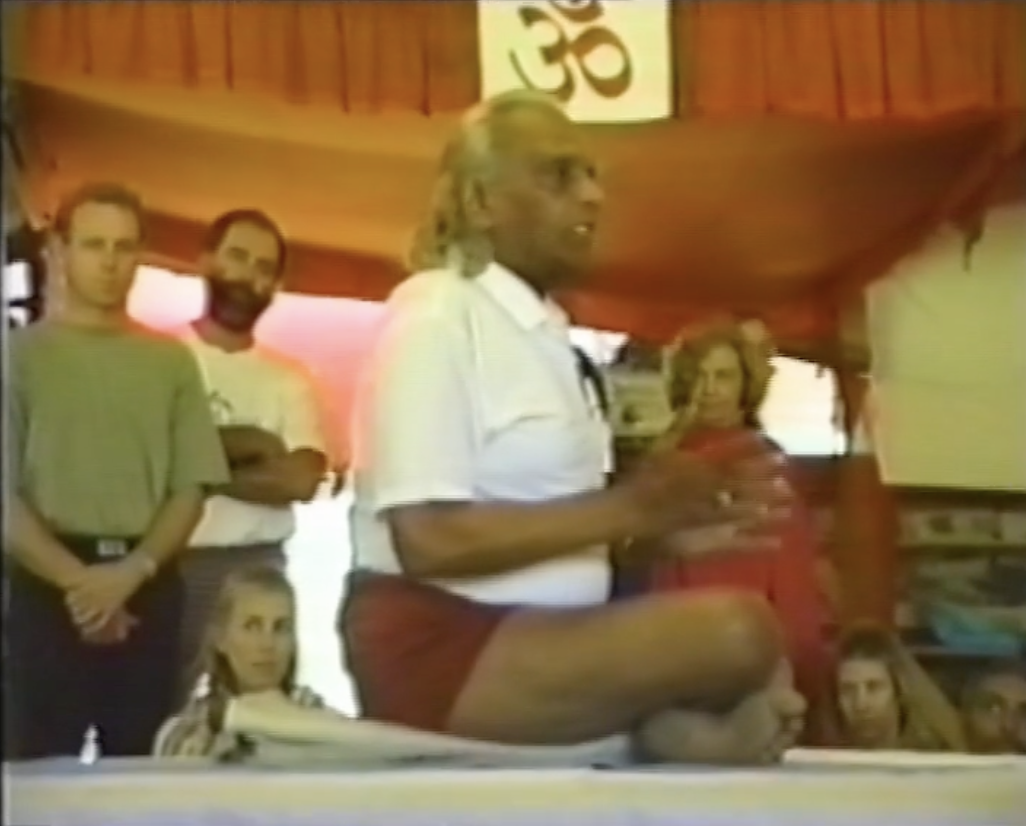
4. Embodiment and Inclusivity: Pranayama for Every Body
When I first encountered B.K.S. Iyengar’s teachings on Yogic Breathing, I was struck by how much attention he gave to the physical details of posture. He doesn’t just say “sit up straight”—he breaks down the body’s architecture, describing the chest, back, and spine as four pillars. As he put it:
"The body should rest on the four pillars." – B.K.S. Iyengar
This isn’t just poetic language. These pillars—your chest, your back, your left side, your right side—are the foundation for inclusive yoga practice. Iyengar’s approach to pranayama (yogic breathing) is all about alignment. If you want to improve your lung capacity and integrate meditation into your daily life, you start here: with the body, not just the breath.
How to Find Your Four Pillars
Sit comfortably. Feel your sitting bones grounded. Now, imagine your torso as a building. Your chest and back are the front and rear pillars; your left and right sides are the other two. Iyengar would have you check: Are these pillars upright? Is your spine tall, but not rigid? Is your chest parallel to the floor, your head humble—not puffed up with ego?
This alignment isn’t just about looking good. Research shows that correct posture in pranayama supports lung function, helps regulate the nervous system, and makes meditation more accessible for every body type and ability.
Accessible Cues for Diverse Practitioners
Inclusive yoga means everyone can participate, regardless of physical ability or sensory experience. For Deaf yogis, for example, auditory cues don’t help. Instead, try visual-spatial feedback. Place your hands on your ribs and feel them expand and contract. Use a mirror to observe your posture. Or, if you have a practice partner, ask them to give gentle, nonverbal cues when your alignment shifts.
I once experimented with sticky notes on my sternum and lower ribs—just to track the movement of my breath. It sounds silly, but it made me laugh and learn at the same time. Sometimes, playful methods are the most memorable.
The Subtle Power of Tongue and Diaphragm
Here’s something Iyengar emphasized that surprised me: the position of your tongue matters. If your tongue is pressed to the roof of your mouth, or relaxed down, it changes the neural and muscular state of your whole system. Try it—notice how your breath shifts. The diaphragm, too, is key. Conscious relaxation of the diaphragm and other breathing muscles allows for deeper, more holistic breathing. This isn’t just about oxygen; it’s about energy, focus, and emotional regulation.
- Tip: Before you begin, scan your body. Are your “pillars” balanced? Is your tongue relaxed? Is your breath moving freely?
- Experiment with tactile or visual feedback if you’re not sure. There’s no wrong way to start—just notice what you feel.
Studies indicate that practicing pranayama with attention to alignment not only increases lung capacity, but also supports meditation integration, reduces stress, and enhances overall wellbeing. The beauty of Iyengar’s method is that it truly is for every body—no matter your shape, ability, or sensory experience. Inclusive yoga begins with awareness, and sometimes, with a sticky note or two.
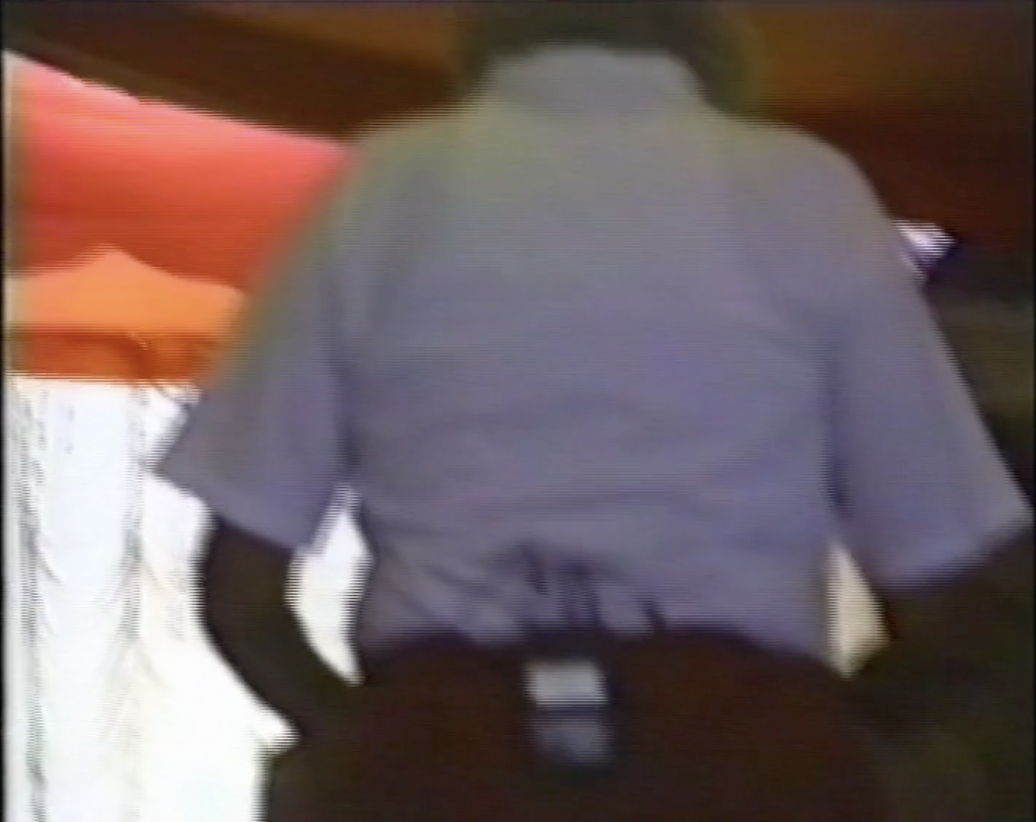
5. The Silent Heart of Practice: Meditation, Reflection, and Modern Application
When I think about the heart of yogic meditation, I always come back to the silence that B.K.S. Iyengar described so vividly in his 1995 teachings. He spoke of a moment when, if you create just a little space between the inner layer of the skin and the spindles of the fibers of the skull, you can feel silence settling in—not as something forced, but as a natural, biological state. This is the endpoint of practice: when the senses and nerves create enough space, meditation deepens, and the body and mind begin to harmonize.
How do we reach this silent heart? Iyengar’s approach was both traditional and innovative. He emphasized the importance of the tongue’s position—the subtle drop from the roof of the mouth to the lower palate. This small shift, he explained, helps the brain release stress and allows the senses of perception to recede inward. The separation of efferent and afferent nerves marks the deepening of silence, a withdrawal from external noise that leads to profound stillness. In his words,
“In that silence alone, let us pray.” – B.K.S. Iyengar
But what if silence doesn’t come easily? Not everyone experiences inner quiet in the same way. Some of us are more visually or tactilely oriented; others may find auditory stillness elusive. Iyengar’s teachings invite us to personalize our meditation techniques. For those who struggle with inner “sound,” focusing on visualizations, gentle gestures, or body-scanning can help foster the meditative quality. This is where modern mindfulness practices and pranayama truly integrate. By blending visualization, breath awareness, and subtle movement, we can create a practice that supports our unique sensory language.
I like to think of this as an “inner choir.” Each breath, posture, or gesture is like a voice, harmonizing to create stillness—no matter which sensory pathway you use. This analogy reminds me that meditation integration isn’t about rigidly following tradition; it’s about finding what resonates for you. Research shows that meditative pranayama supports cognitive function, emotional regulation, stress reduction, and holistic wellbeing. In fact, studies indicate that integrating pranayama with mindfulness can enhance cognitive gains and emotional balance, making these ancient practices more relevant and accessible than ever.
What’s remarkable is how Iyengar’s teachings bridge the gap between tradition and modern application. He encouraged us to adapt, to blend the wisdom of the past with the realities of our present lives. Whether you’re sitting in a quiet room or practicing in the midst of daily chaos, you can cultivate mindfulness benefits and emotional regulation through personalized meditation integration. The key is to listen—to your breath, your body, your senses—and to let silence arise naturally.
As we close this exploration, I encourage you to experiment. Try adjusting your tongue, your breath, your posture. Use visualization or gentle movement if that’s what helps you settle. The silent heart of practice is available to all of us, waiting in the space between sensation and stillness. Make it your own, and let the ancient wisdom of Iyengar’s teachings support your journey toward greater cognitive function, emotional wellbeing, and peace.
TL;DR: Iyengar’s 1995 meditation workshop showed how attentive breath control, posture, and sensory awareness combine to deepen meditation—offering tools for both Deaf and hearing yogis to access inner stillness.
Shoutout to Inner Sound in Rishikesh for their insightful content! License: Creative Commons – Attribution.
